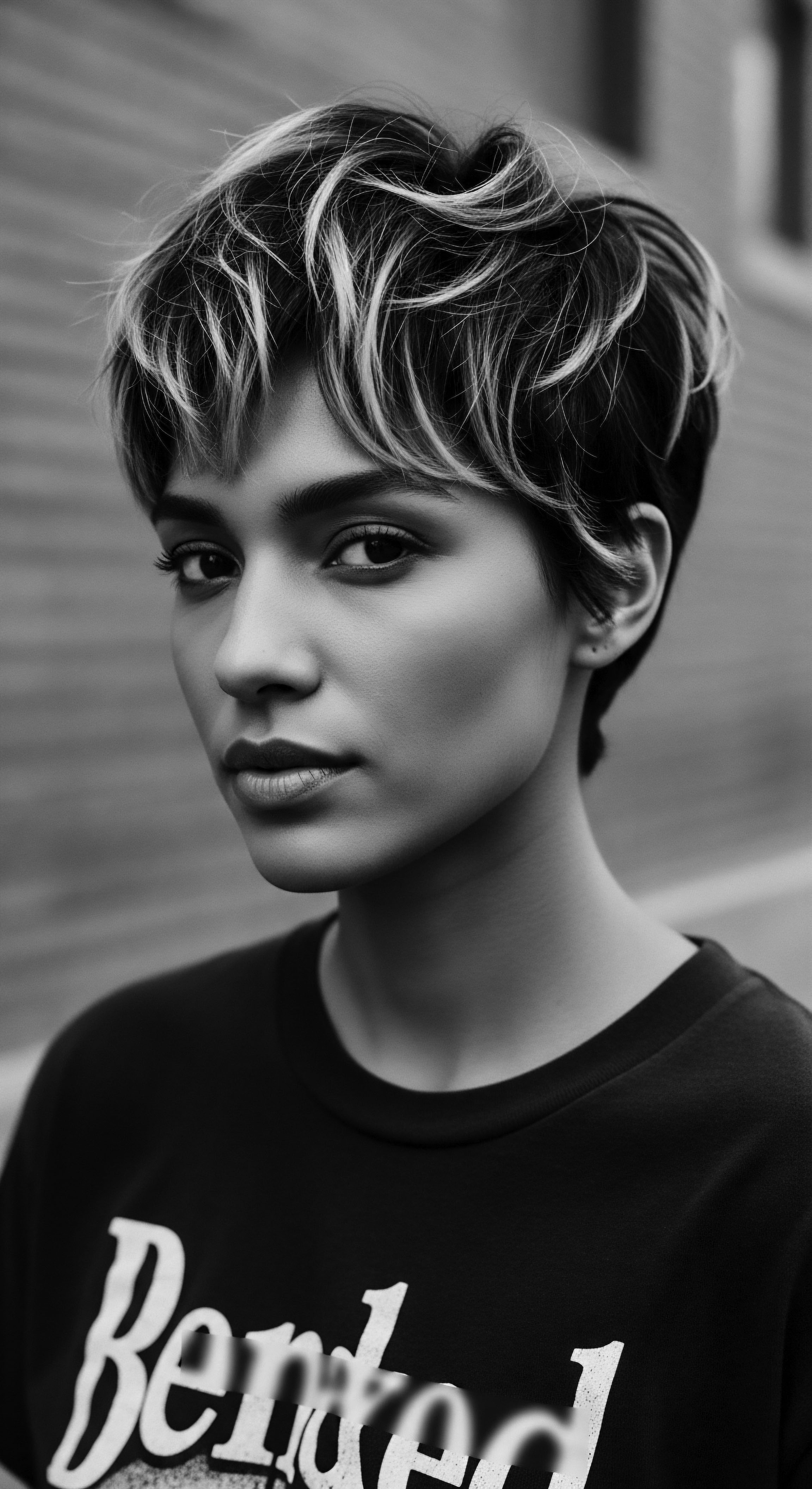
Roots
Consider the deep roots of a mighty tree, its branches reaching skyward, its strength drawn from the very earth it stands upon. Now, contemplate the singular strands of textured hair, each a testament to a magnificent heritage, a story whispered across generations. When we speak of why these strands, so rich in identity and resilience, might break, we are not merely discussing a biological phenomenon. We are looking into the echoes of ancestral wisdom, the whispers of care traditions, and the very journey of a people.
Our hair is a living archive, and its health, its very integrity, holds secrets about our past and our present. The fragility some perceive in textured hair is not a flaw; it is a call for understanding, an invitation to listen to the science and the soul of each strand.
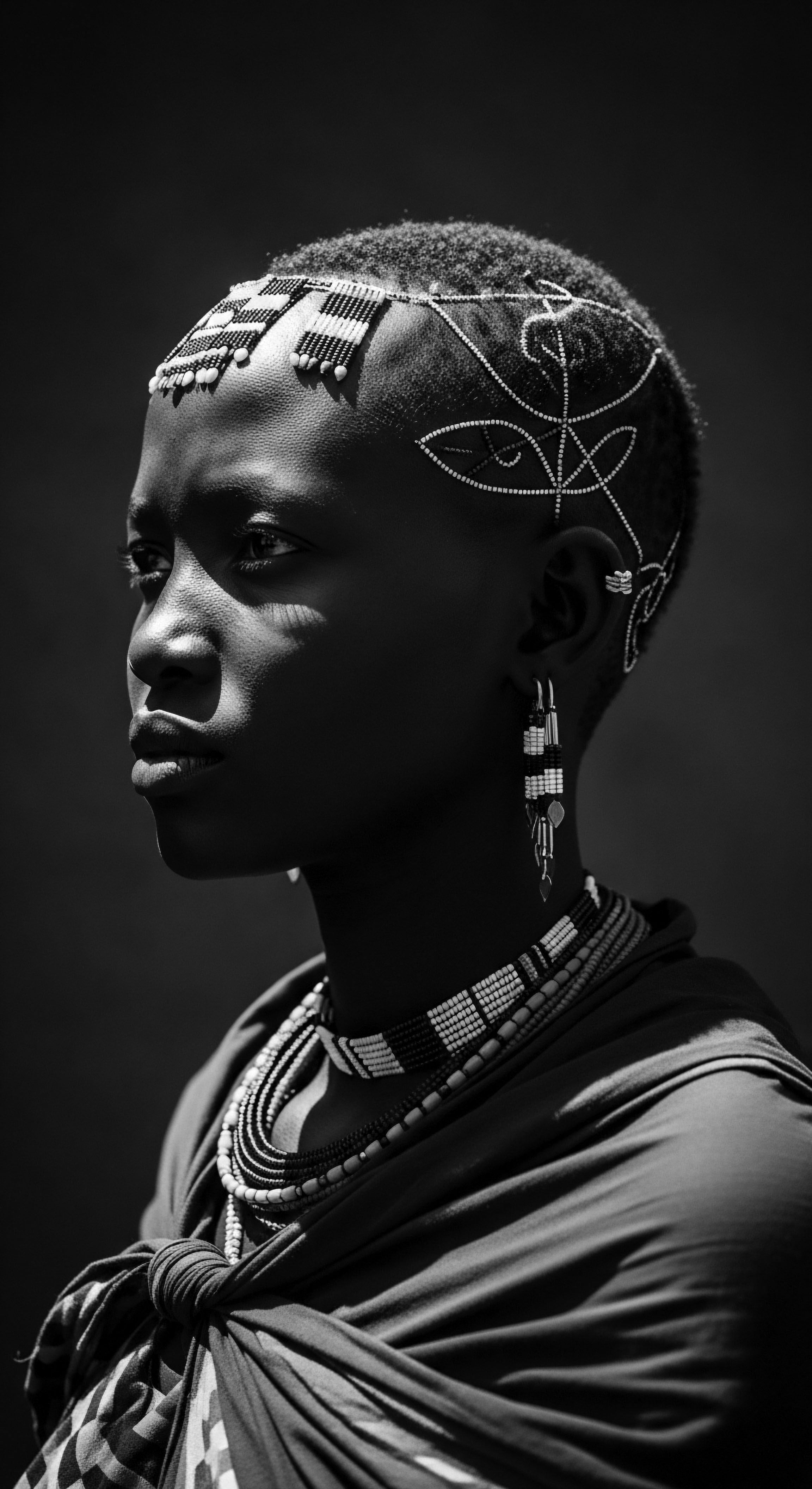
The Anatomy of Heritage
To truly comprehend why textured hair might succumb to fracture, we must first gaze upon its intrinsic makeup, a marvel shaped by millennia. Unlike hair with a round cross-section, which tends to grow straight, Afro-textured hair emerges from elliptical or flat follicles. This unique follicular design creates the characteristic coils, kinks, and zigzags that define its beauty. This curvature, while visually striking, introduces inherent points of weakness along the hair shaft.
Each bend, each turn, is a potential site where stress concentrates when the hair is manipulated or stretched. Imagine a tightly wound spring ❉ it is beautiful in its form, yet each curve presents a point of tension. This structural reality makes textured hair less resistant to mechanical extension compared to straight hair types, making it more prone to premature failure (Gamage et al. 2020).
The inherent curvature of textured hair, a signature of its heritage, creates points of structural vulnerability along each strand.
Another significant aspect lies within the hair’s internal composition. The outermost protective layer, the cuticle, is composed of overlapping scales. While a healthy cuticle lies flat, reflecting light, in textured hair, the cuticle may not be as uniformly packed or may have uneven thickness, especially at the curves of the strand. This unevenness can further magnify the stresses placed upon the hair during styling or daily life.
Beneath the cuticle resides the cortex, the primary determinant of hair’s strength and elasticity. Research indicates that textured hair has a higher density of disulfide bonds, which are strong chemical linkages contributing to its unique curl pattern. While these bonds are foundational to the hair’s structure, they can also contribute to its vulnerability if compromised.
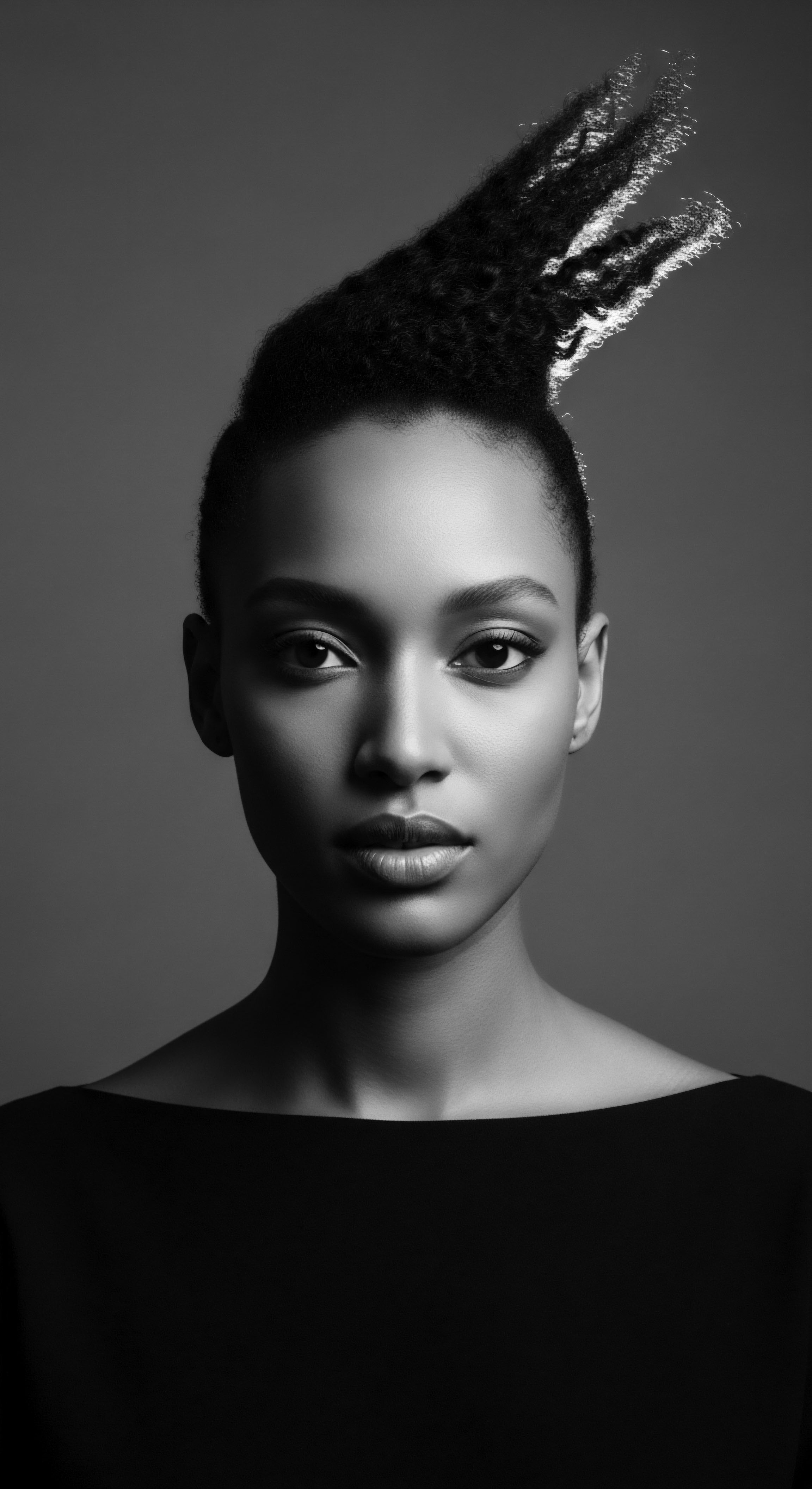
A Lexicon of Textured Hair ❉ Acknowledging Ancient Roots
The language we use to describe textured hair has evolved, often reflecting societal perceptions that historically favored Eurocentric ideals. Yet, within diasporic communities, a rich lexicon has persisted, born from ancestral knowledge and daily realities. Understanding terms like ‘coily,’ ‘kinky,’ and ‘curly’ goes beyond simple classification; it connects us to a shared heritage of recognizing and caring for the diverse manifestations of hair.
This understanding was not born from a laboratory, but from generations of hands-on experience, discerning the needs of each unique pattern. The classification systems, while now codified by scientists, have echoes in the descriptive language used in ancient African communities to identify hair types, linking them to social status or tribal affiliation.
Factors influencing hair growth cycles, too, are seen through this heritage lens. While genetics play the leading role in determining curl pattern, environmental factors, nutrition, and even stress can influence hair health. Consider the resilience of ancestors who navigated harsh environments; their bodies, including their hair, adapted.
The availability of nourishing foods, the impact of living conditions—all played a part in the overall health of their hair. Modern science now quantifies these influences, yet the wisdom of eating well and protecting hair from the elements has always been a part of inherited practices.

Ritual
The acts of adornment and care have always been more than simple vanity; they are profound rituals, especially within communities whose hair has been a canvas of identity, resistance, and connection to heritage. The question of why textured hair strands break deeply informs these rituals, shaping how ancestral hands guided combs and how contemporary products are formulated. Every braid, every twist, every gentle application of balm carries the weight of history and the aspiration for strand integrity.
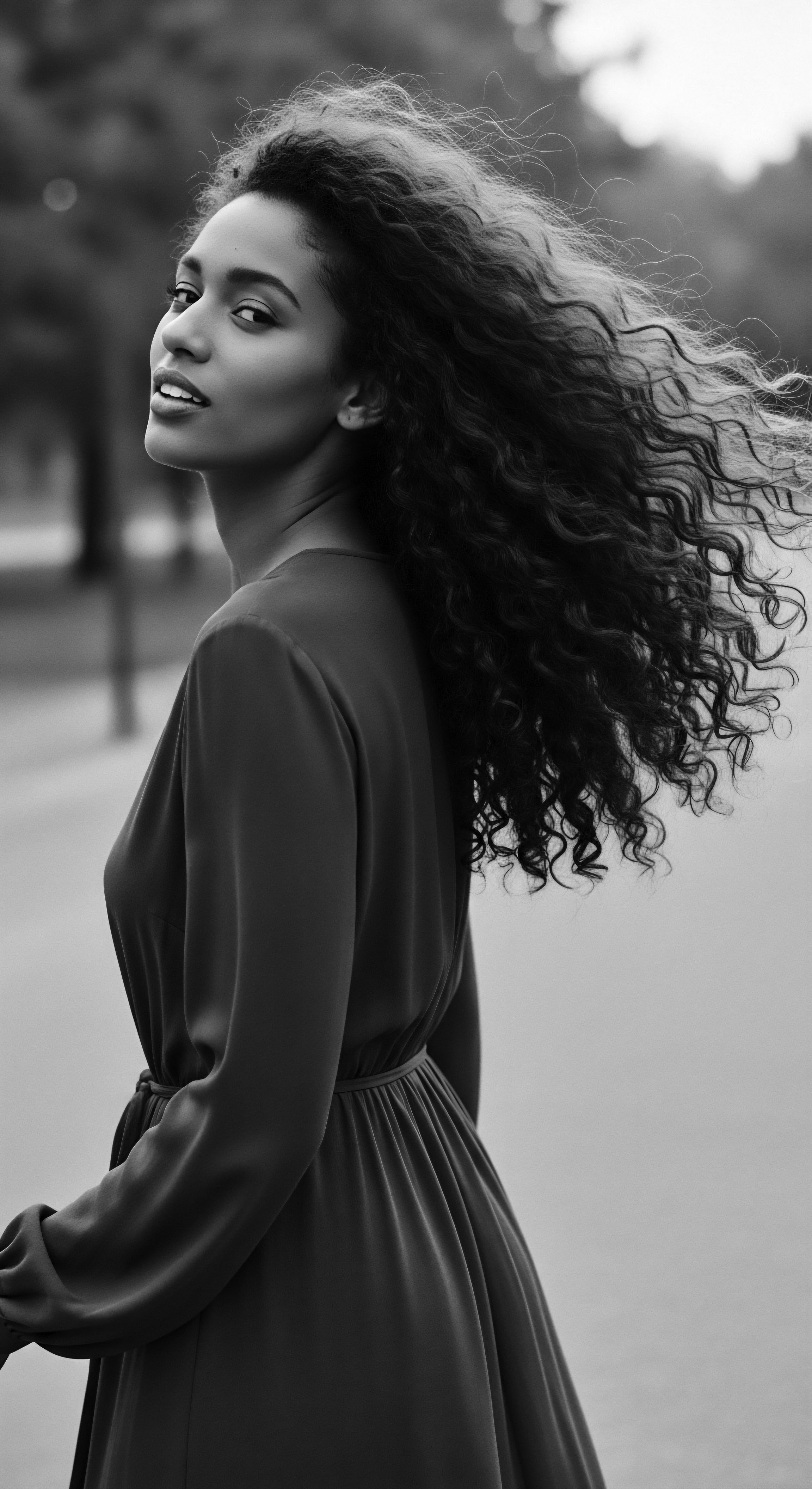
Protective Styling ❉ A Shield Across Generations
Protective styling, a cornerstone of textured hair care today, has an ancient lineage. These styles, such as braids, cornrows, and twists, originated not merely as aesthetic choices but as practical solutions to preserve hair length and health, particularly for those living in environments where constant manipulation or exposure could cause damage. Historical accounts date braids back to 3500 BC in African cultures, where they were used to signify social status, marital status, wealth, kinship, and even religion (Allen, 2021).
This historical example profoundly illuminates the connection between hair care practices and textured hair heritage. These styles kept hair gathered, minimizing friction and tangling, and thereby reducing breakage.
During the transatlantic slave trade, the significance of protective styles shifted dramatically. Enslaved Africans were often stripped of their cultural identity, including having their heads shaved. Yet, in acts of quiet defiance and survival, braids became a means of communication, with patterns used to map escape routes or even to hide seeds and grains for sustenance (Royaltee Magazine, 2021).
This period underscores the deep connection between hair health, heritage, and the enduring resilience of a people. The protective nature of these styles was thus twofold ❉ shielding the hair from environmental stressors and providing a clandestine means of preserving life and culture.
- Cornrows ❉ A precise pattern of braids close to the scalp, historically conveying tribal affiliation and social status.
- Bantu Knots ❉ Small, coiled buns, a protective method that helps set curl patterns without heat.
- Threading ❉ An ancient African technique using thread to stretch and straighten hair without heat, minimizing breakage.
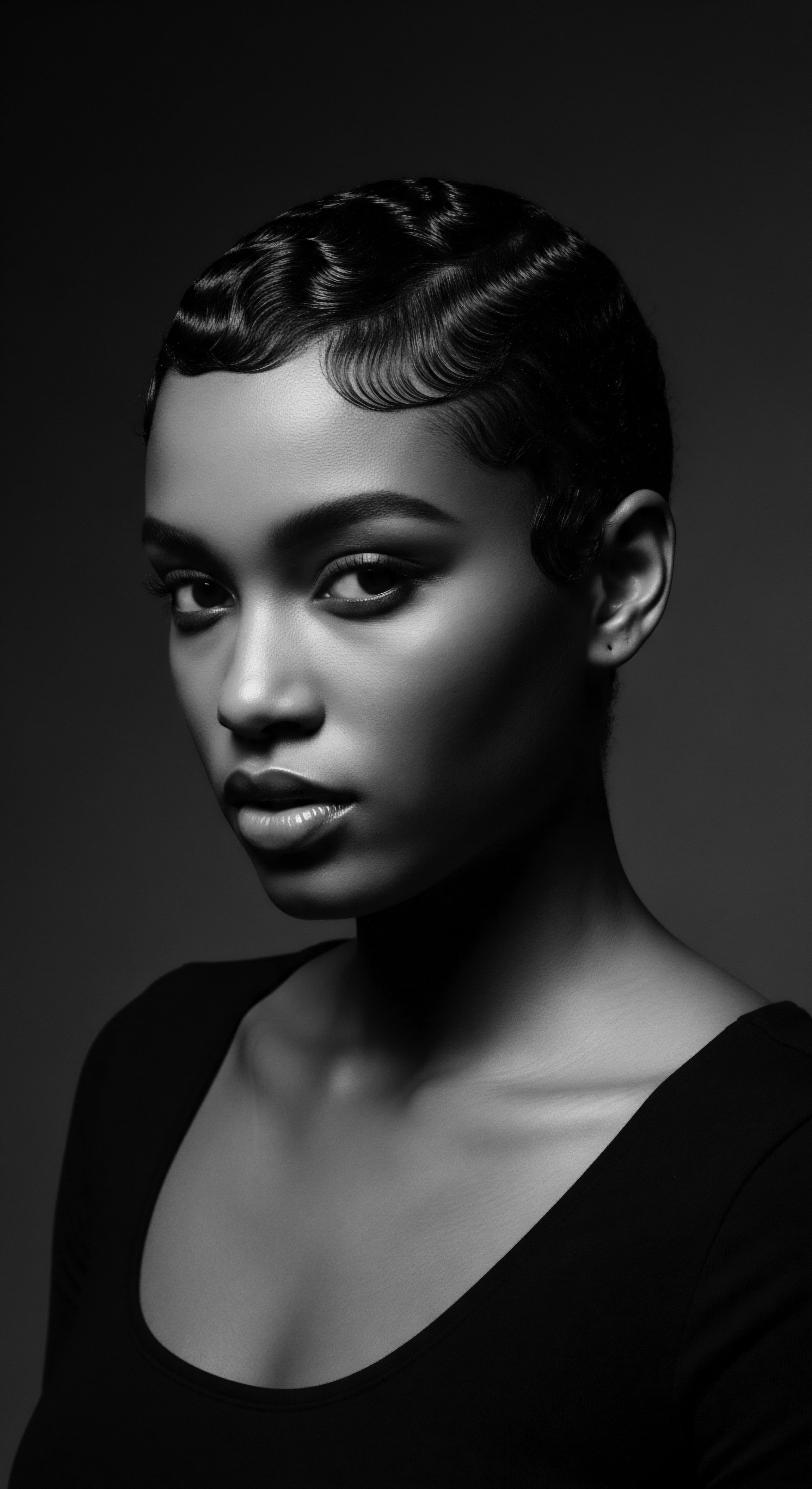
Traditional Tools and Their Gentle Wisdom
The tools employed in the care and styling of textured hair are also steeped in heritage. Before the advent of modern wide-tooth combs or detangling brushes, ancestral communities utilized instruments carved from wood or bone, designed to navigate the hair’s unique coils with minimal resistance. These tools, often hand-crafted, necessitated a deliberate, gentle approach to avoid tearing or snagging strands.
The use of the Afro pick, for instance, became a symbol of Black Power during the Civil Rights Movement, representing a return to African tradition and a rejection of Eurocentric beauty standards (GirlsOnTops, 2020). This historical context reminds us that the tools we use are not merely functional; they carry cultural weight and a legacy of care.
The very act of detangling, a common cause of breakage today, was often a communal ritual, performed with patience and skill. Natural butters, herbs, and powders were applied to assist with moisture retention, making the hair more pliable and less prone to tangling before styling. This practice speaks to an intuitive understanding of hair’s needs, long before scientific analysis confirmed the importance of moisture.
Generational wisdom regarding hair care methods and tools, passed down through the ages, deeply informs contemporary practices that seek to prevent breakage.
Heat styling, a common modern practice, stands in stark contrast to many traditional methods. While tools like the hot comb became prevalent in the 20th century, offering a way to achieve straightened styles, their historical use often involved significant heat, capable of damaging the hair’s protein structure and cuticle layer. Ancestral methods often centered on air-drying, protective wrapping, or techniques that gently stretched the hair without high temperatures, thereby preserving its inherent strength and moisture balance. This historical perspective offers valuable lessons on minimizing thermally induced breakage.
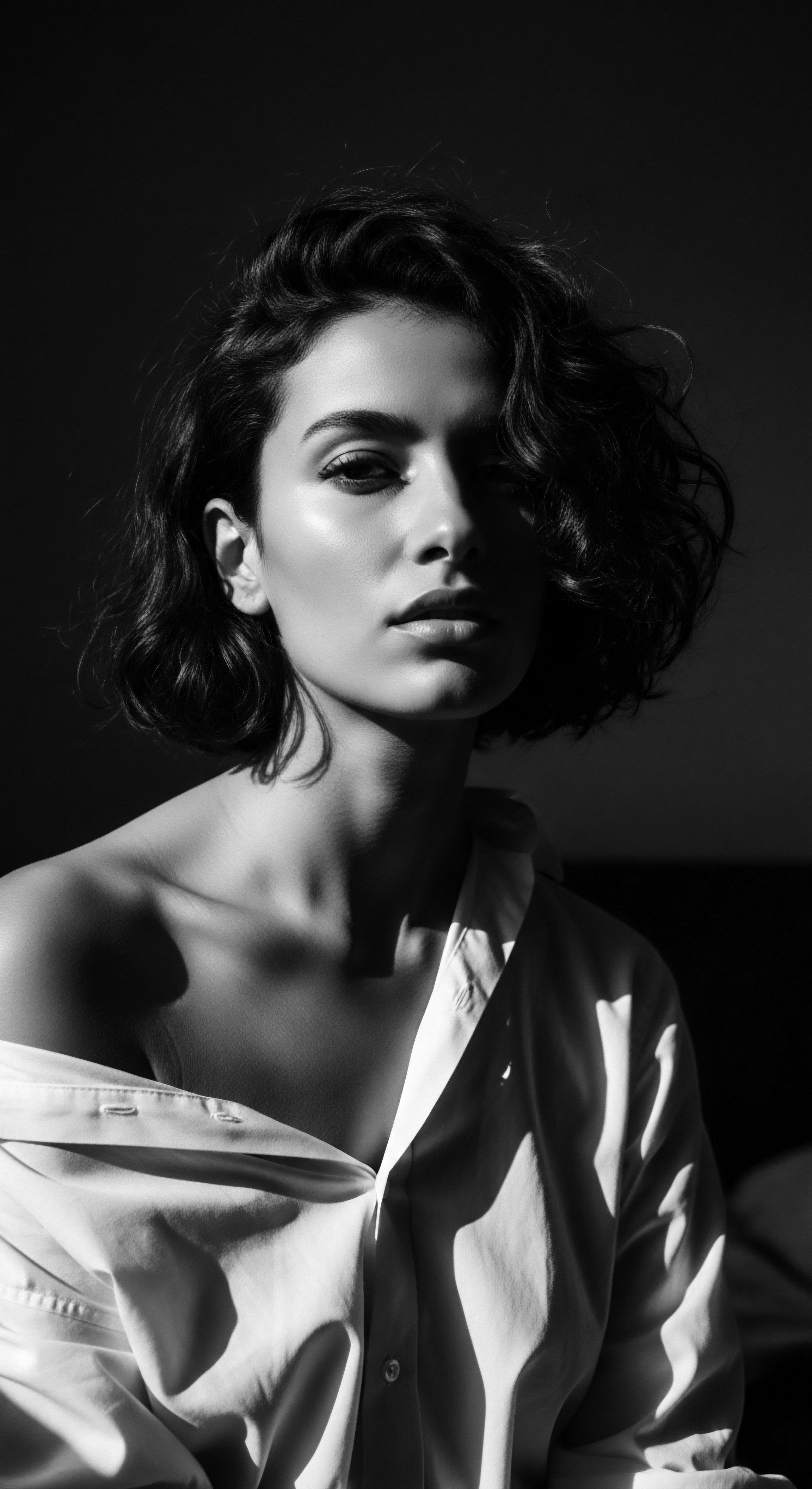
Relay
The understanding of why textured hair strands break travels across time, a baton passed from ancestral wisdom to modern scientific inquiry. This relay race of knowledge empowers us to create regimens that truly honor the heritage of our hair, addressing its needs with both deep respect and informed precision. Breakage, in this light, is not a finality, but a signal for attentive care.
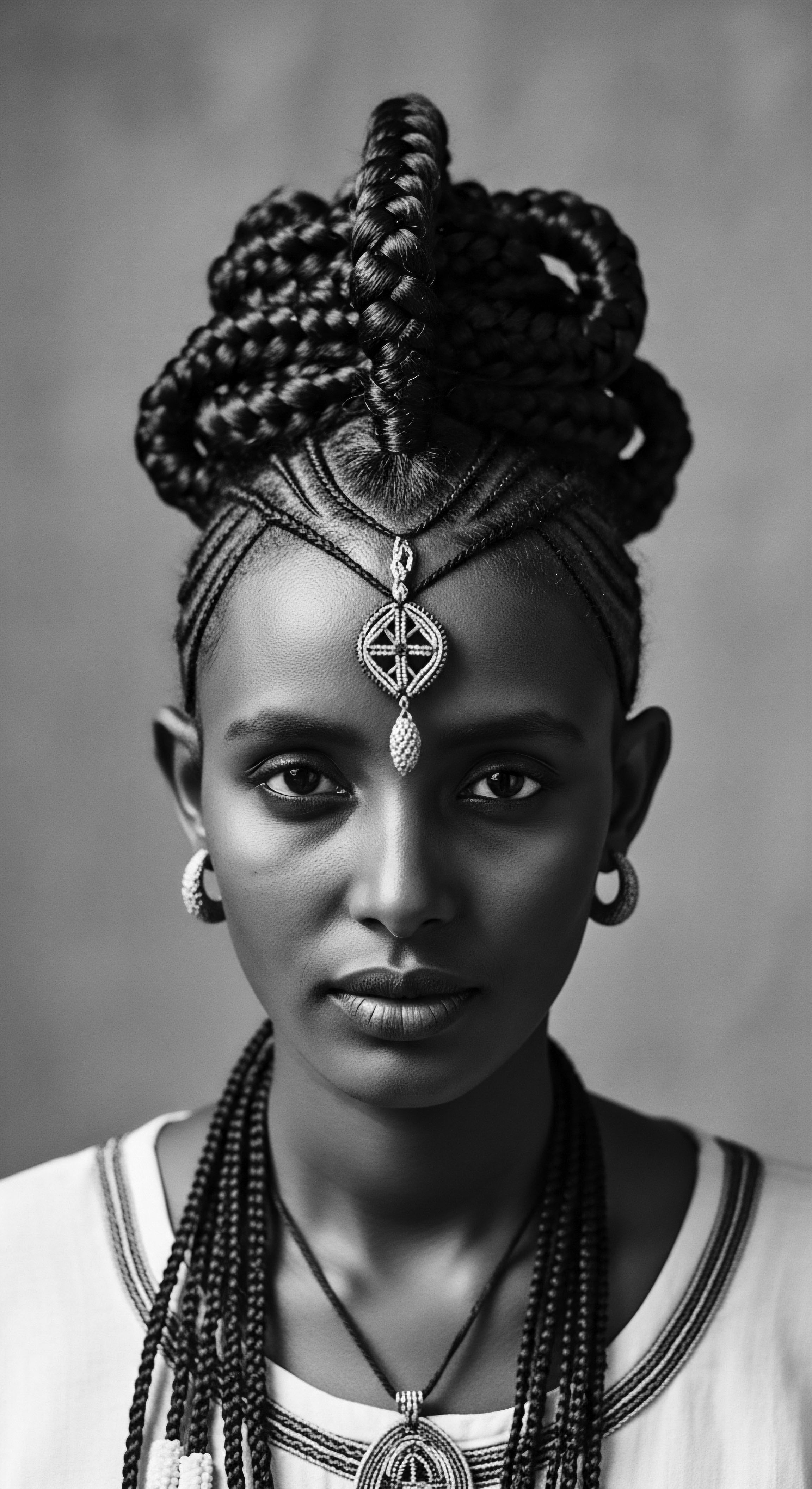
Moisture and Structure ❉ An Ancestral Understanding
At the heart of textured hair breakage lies a complex interplay of moisture, structural integrity, and external factors. Textured hair, due to its elliptical cross-section and numerous bends, naturally struggles to retain moisture. Sebum, the scalp’s natural oil, finds it harder to travel down the coiled shaft to the ends, leaving the strands prone to dryness.
Dry hair, in turn, becomes brittle and susceptible to fracture. This intrinsic characteristic was understood by ancestors, who developed rich, oil-based concoctions and sealing practices long before the term “moisture retention” gained scientific currency.
A study using light and scanning electron microscopy revealed that natural African hair, when combed, exhibits a significantly higher incidence of knotting and breaking compared to Caucasian and Asian hair. This evidence points to the structural challenges inherent to the curl pattern, where intertwined fibers make combing difficult and predispose the hair to breakage during normal grooming. The wisdom of sectioning hair and detangling with fingers or wide-tooth implements, often inherited practices, directly mitigates this vulnerability.
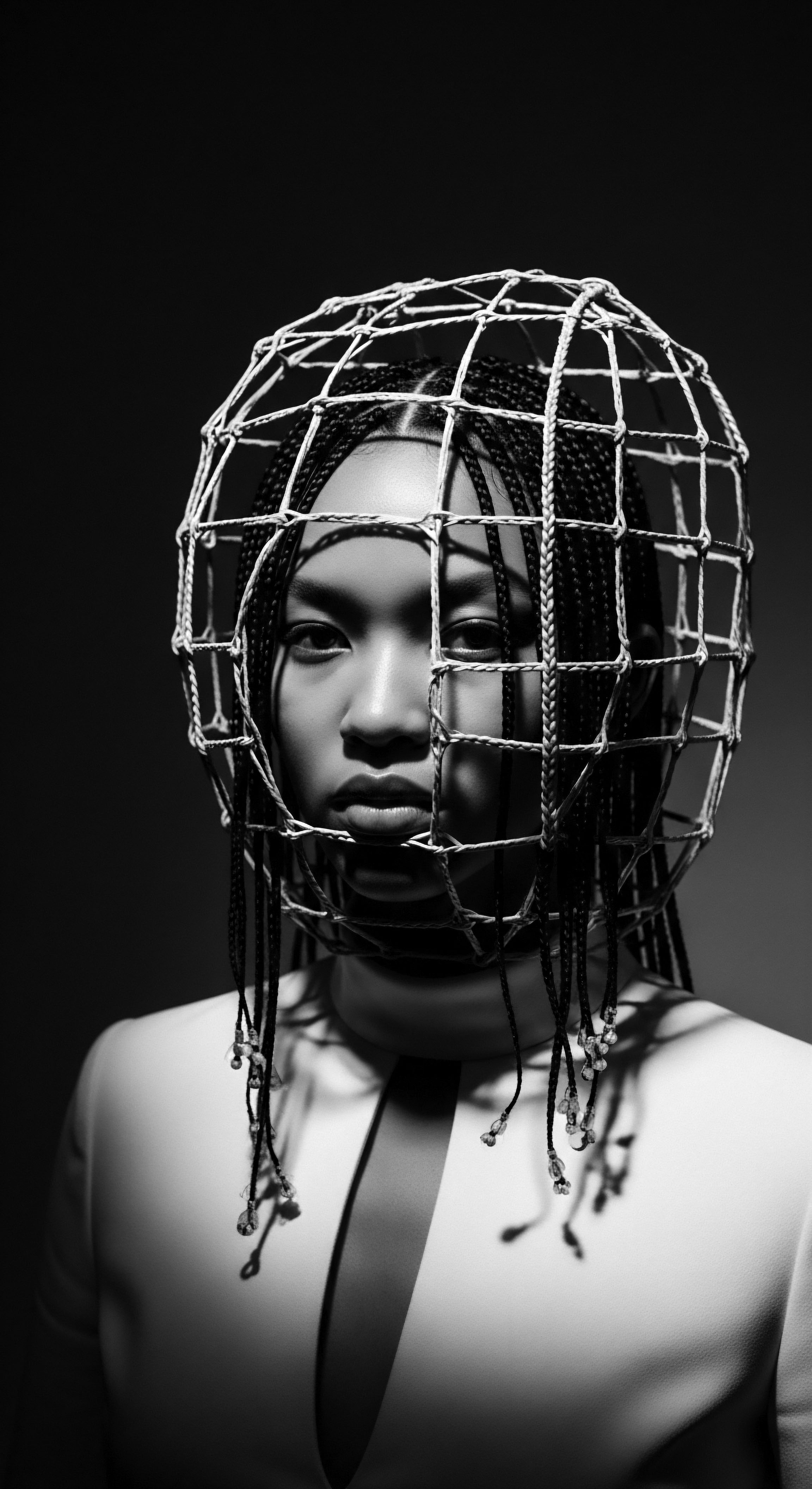
The Stress of Expectation ❉ A Hidden Cause of Breakage?
Beyond the biological, a profound historical and societal factor contributes to the experience of breakage for those with textured hair. For centuries, Eurocentric beauty standards have often positioned straight hair as the ideal, creating immense pressure on Black and mixed-race individuals to alter their natural hair texture. This pressure has led to widespread use of chemical relaxers and heat styling tools, treatments that, while offering temporary straightness, fundamentally compromise the hair’s structural integrity. Chemical relaxers work by breaking disulfide bonds, leading to a permanent loss of tensile strength and an increased risk of breakage.
A 2020 article published in the Social Psychological and Personality Science journal reported that Black women with natural hairstyles, such as tight curls or afros, were less likely to be recommended for job interviews compared to their counterparts with straightened hair (The Quinnipiac Chronicle, 2021). This societal bias often forces a choice between professional opportunity and hair health, compelling many to engage in practices that ultimately cause breakage. The cyclical nature of damage – straightening, then breaking, then needing more intensive care or further straightening – has created a legacy of hair fragility that is as much cultural as it is biological. This ongoing pressure is a less-discussed contributor to breakage, adding a layer of systemic stress to the physical reality of the strands.
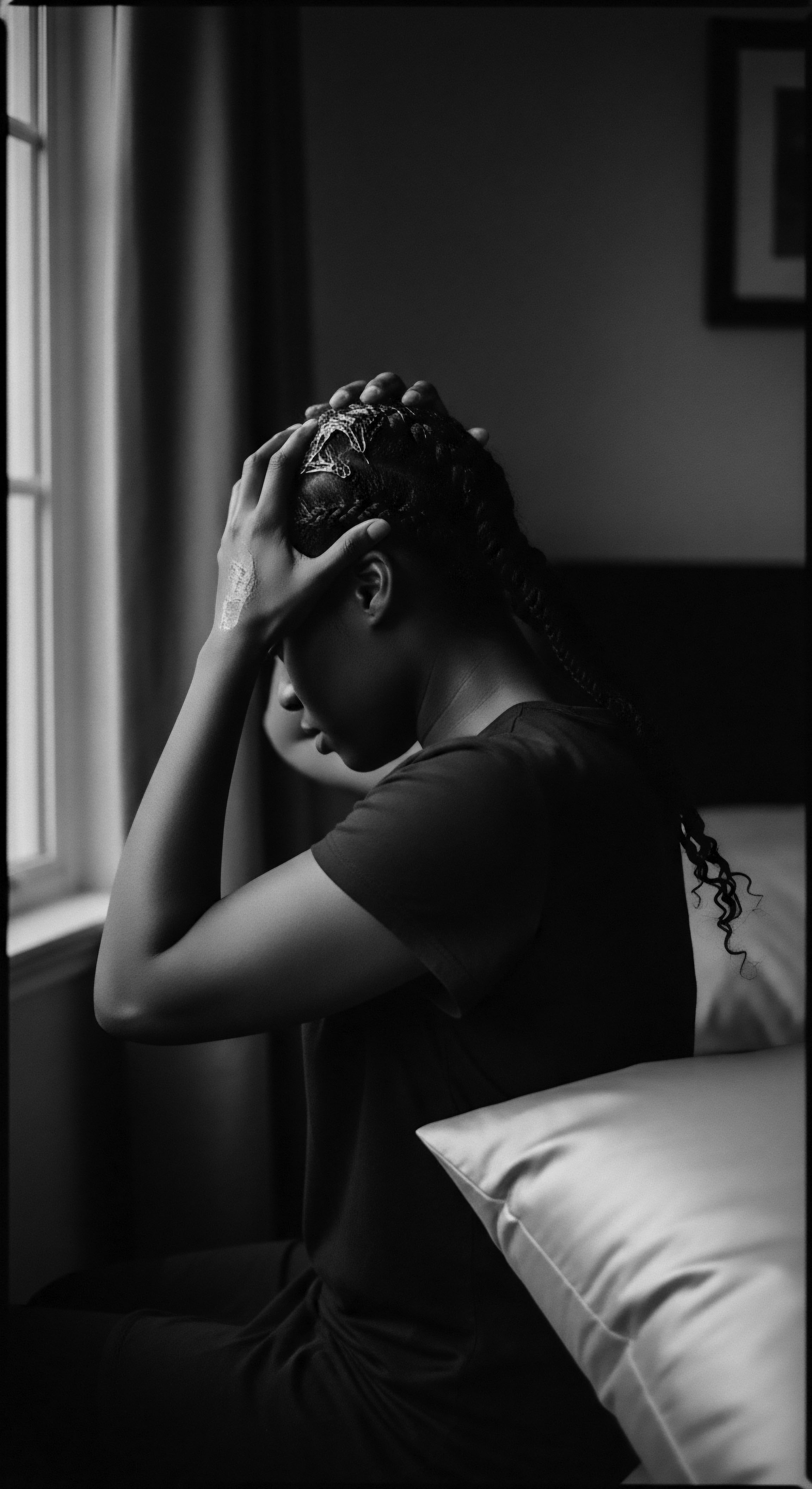
Does Societal Pressure Influence Hair Breakage Rates?
Indeed, the historical demand for conformity to straightened hair has played a significant, if often unacknowledged, role in textured hair breakage. The constant pursuit of an altered texture, through chemical relaxers, hot combs, and flat irons, has led to chronic damage. Chemical treatments, especially relaxers, permanently alter the hair’s internal structure, leaving it vulnerable. This pursuit of altered textures also involved extensive manipulation.
Regular use of chemical treatments can weaken the hair shaft, leading to breakage. The forced assimilation during slavery, where hair was shaved or altered as a means of control, marked the beginning of a long journey of adaptation and resistance, where hair styling became a journey of survival.
Consider the narrative of Madam C.J. Walker, a pioneering figure in Black entrepreneurship. While her products offered solutions for hair care in the early 20th century, some were designed to straighten hair, reflecting the societal pressures of the time.
Her success, however, also highlighted a fundamental need for tailored hair care solutions within the Black community, a need that still persists today. The economic landscape around textured hair, with Black women spending nine times more on ethnically-targeted beauty and grooming products than non-Black consumers, underscores this ongoing demand and the historical gaps in the wider beauty market (The Jembe, 2023).
The choices made under societal duress contribute to a physical reality of damaged strands. The act of “taming” one’s natural coils, often through harsh methods, represents a historical wound reflected in the very structure of the hair. Recognizing this history is a vital step in addressing breakage holistically.
| Aspect Structural Understanding |
| Ancestral Approaches (Pre-Diaspora) Intuitive recognition of hair's delicate nature; emphasis on gentle manipulation. |
| Post-Diaspora & Modern Influences Scientific studies confirming elliptical follicle, uneven cuticle, and points of weakness. |
| Aspect Moisture Maintenance |
| Ancestral Approaches (Pre-Diaspora) Extensive use of natural butters, oils, and plant extracts for lubrication and sealing. |
| Post-Diaspora & Modern Influences Development of specialized products (leave-ins, deep conditioners) using humectants and emollients. |
| Aspect Protective Styling |
| Ancestral Approaches (Pre-Diaspora) Braids, twists, and wraps for identification and preservation, often communally done. |
| Post-Diaspora & Modern Influences Styles adapted for practicality and length retention; tension concerns arise with extensions/tight braids. |
| Aspect Chemical & Heat Impact |
| Ancestral Approaches (Pre-Diaspora) Limited use of intense heat; natural drying methods, focus on hair's natural state. |
| Post-Diaspora & Modern Influences Introduction of relaxers, hot combs, and flat irons, often leading to structural compromise. |
| Aspect The journey of textured hair care reveals a continuous adaptation, balancing inherent needs with external pressures, all contributing to the story of breakage and resilience. |

A Holistic Approach Rooted in Ancestry
Addressing breakage in textured hair requires a holistic understanding, a blend of scientific knowledge and ancestral wisdom. It means acknowledging the unique biological characteristics of textured hair – its elliptically shaped follicle, its propensity for dryness, its susceptibility to mechanical stress. It also means recognizing the historical and ongoing impact of societal pressures that have often pushed individuals to adopt damaging practices.
The natural hair movement, which gained significant momentum in the 2000s, encouraged Black women to abandon toxic chemical straighteners and embrace healthier hair care practices, disrupting Eurocentric beauty standards. This movement is a powerful re-alignment with ancestral values of self-acceptance and honoring one’s inherent beauty.
The solution lies in creating regimens that prioritize gentle care, deep hydration, and minimal manipulation. This includes:
- Thoughtful Detangling ❉ Using wide-tooth combs or fingers on wet, conditioned hair to slowly work through knots.
- Consistent Moisturization ❉ Regularly applying water-based leave-in conditioners and sealing with natural oils to combat dryness.
- Strategic Protective Styling ❉ Choosing styles that truly protect the hair without excessive tension, reflecting the spirit of ancient protective practices.
Understanding the story of breakage in textured hair is a pathway to greater self-acceptance and a deeper connection to a rich cultural lineage. It involves recognizing how the very structure of the hair, shaped by inheritance, interacts with styling practices and societal expectations. Our strands carry the wisdom of those who came before us, and in listening to their needs, we honor that heritage, moving toward a future of thriving hair that speaks volumes of its enduring strength.
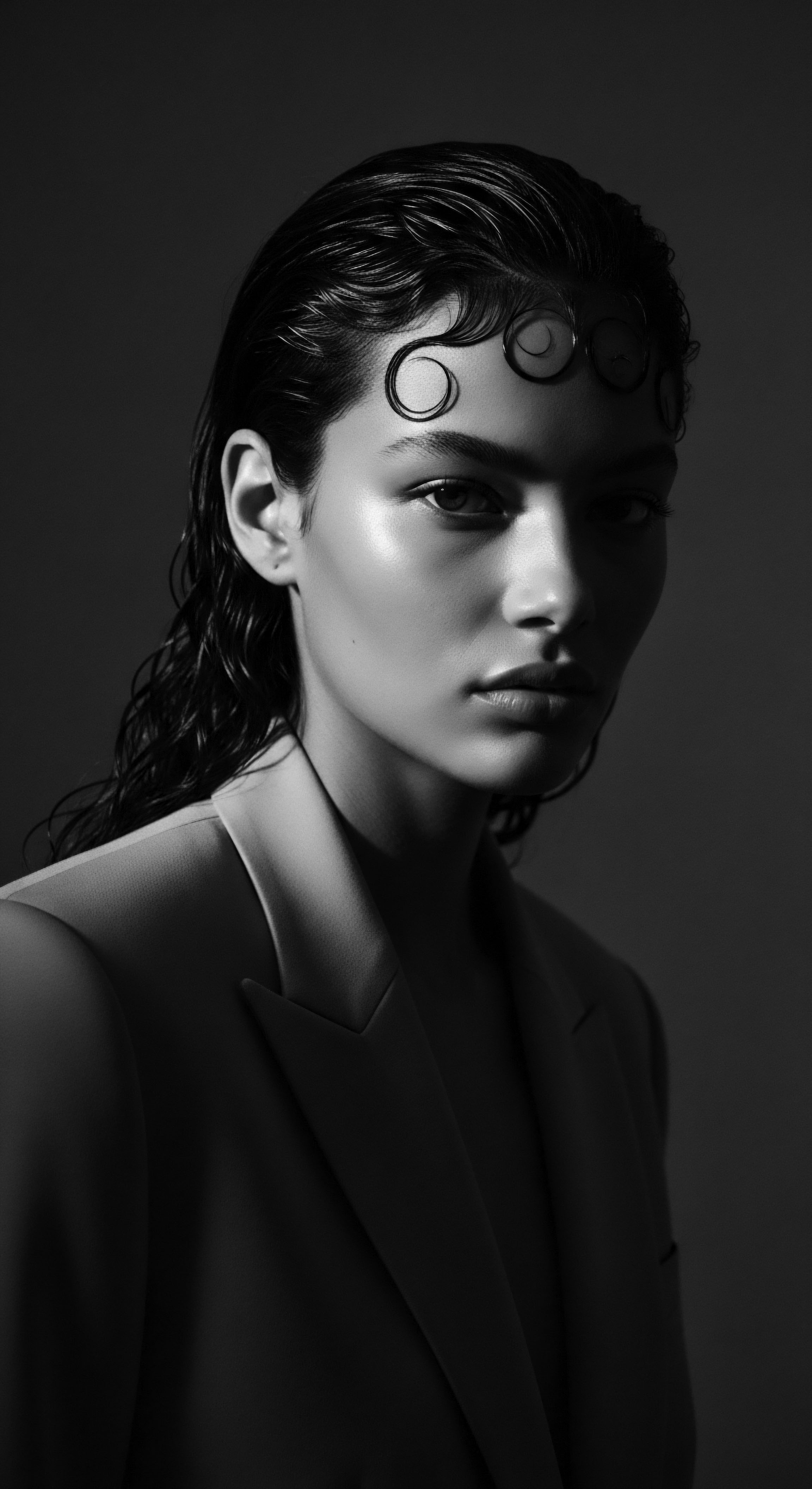
Reflection
To truly understand why textured hair strands break is to listen to a narrative that stretches back through time, echoing from the ancient African continent to the bustling streets of today. It is a story not just of scientific principles, of cuticle layers and disulfide bonds, but of cultural memory, of resilience woven into every coil and kink. Our strands are living archives, each one holding a chapter of a vast, continuing saga of beauty, adaptation, and unwavering spirit.
The journey to comprehend hair fragility is a profound meditation on textured hair, its heritage, and its care. We have explored the elemental biology, seeing how the unique architecture of the strand, inherited through generations, predisposes it to certain vulnerabilities. We have walked through the living traditions of care, from the communal acts of braiding in ancient villages to the modern pursuit of holistic wellness, always aware of how past practices inform present choices. And we have considered the larger societal currents, the historical pressures that have sometimes driven care rituals toward compromise, shaping the very dialogue around textured hair and its perceived fragility.
The soul of a strand, then, is not simply its physical composition; it is the sum of its history, its cultural significance, and the tender care it receives. When we address breakage, we are not just mending a physical rupture; we are healing a piece of our collective story, reinforcing the legacy of those who navigated hardship with grace and ingenuity. In every gentle touch, every nourishing application, we pay homage to a heritage that reminds us of the inherent strength and beauty that resides within every strand. The path forward is clear ❉ it is one of informed reverence, where science and ancestral wisdom walk hand in hand, ensuring that the legacy of textured hair continues to flourish, unbound and radiant.

References
- Gamage, R. et al. (2020). The Genomic Variation in Textured Hair ❉ Implications in Developing a Holistic Hair Care Routine. MDPI, 13(10), 2291.
- Allen, M. (2021, February 17). Braids, Plaits, Locs ❉ The History of Black Protective Hairstyles. Royaltee Magazine .
- GirlsOnTops. (2020, August 31). A Sacred Legacy ❉ On Black Hair And The Revolutionary Power of Self-Exp. GirlsOnTops .
- The Quinnipiac Chronicle. (2021, December 1). Concealing the Curls ❉ The Societal Norms Behind Natural Hair is Frying Our Brains. The Quinnipiac Chronicle .
- The Jembe. (2023, December 7). The Evolution of Natural Hair Products for Black Women. The Jembe .
